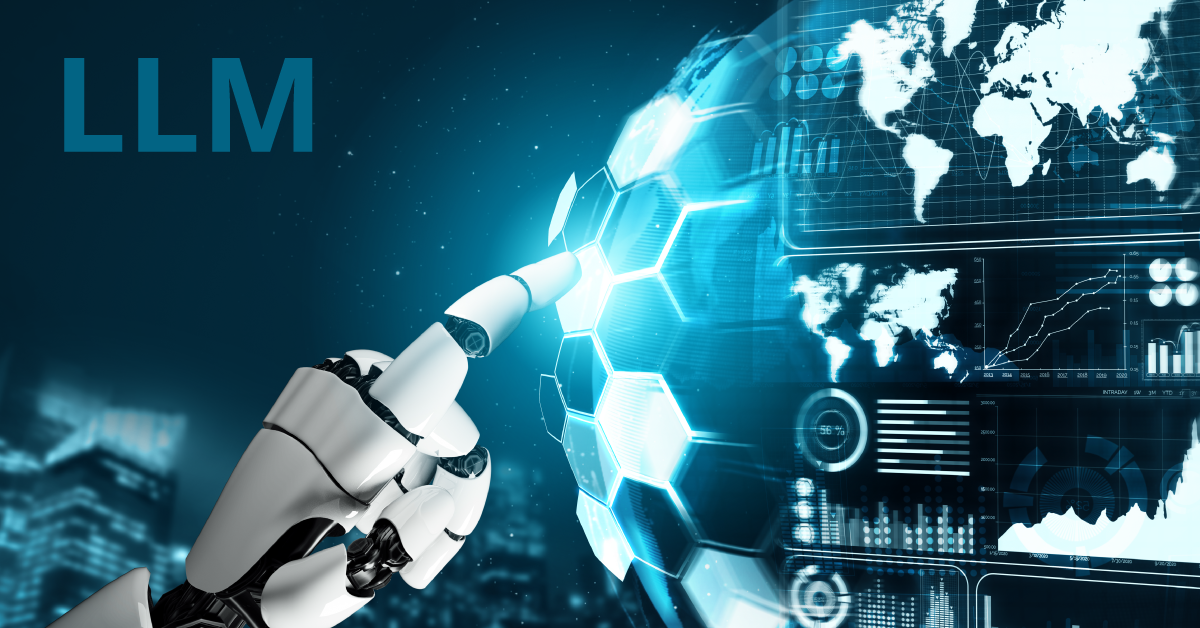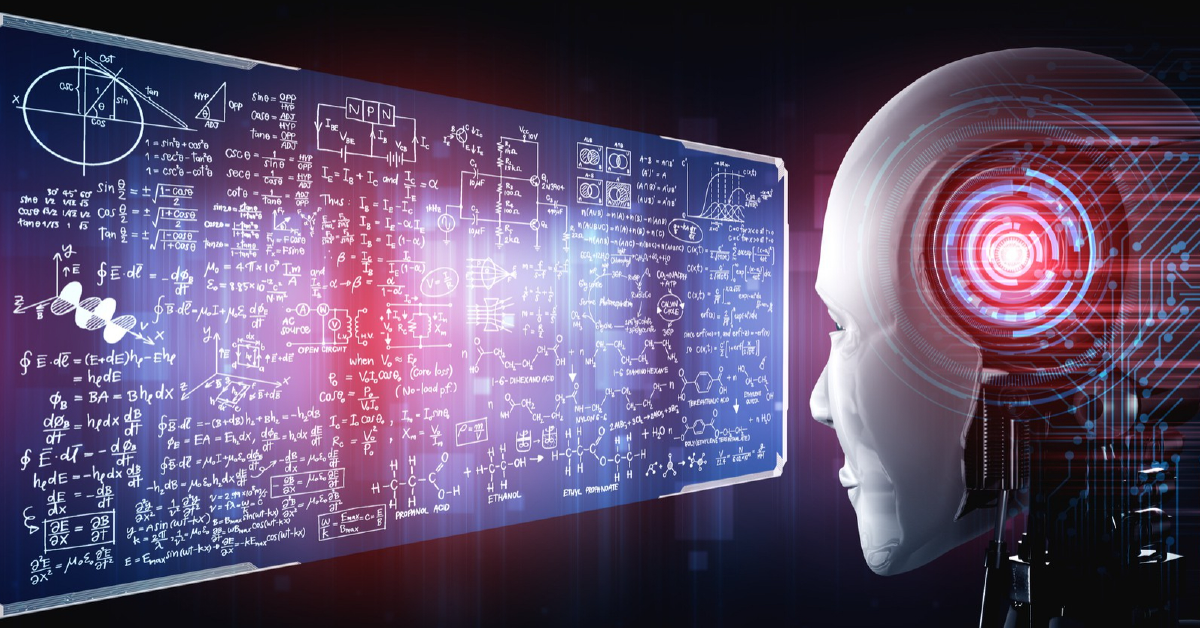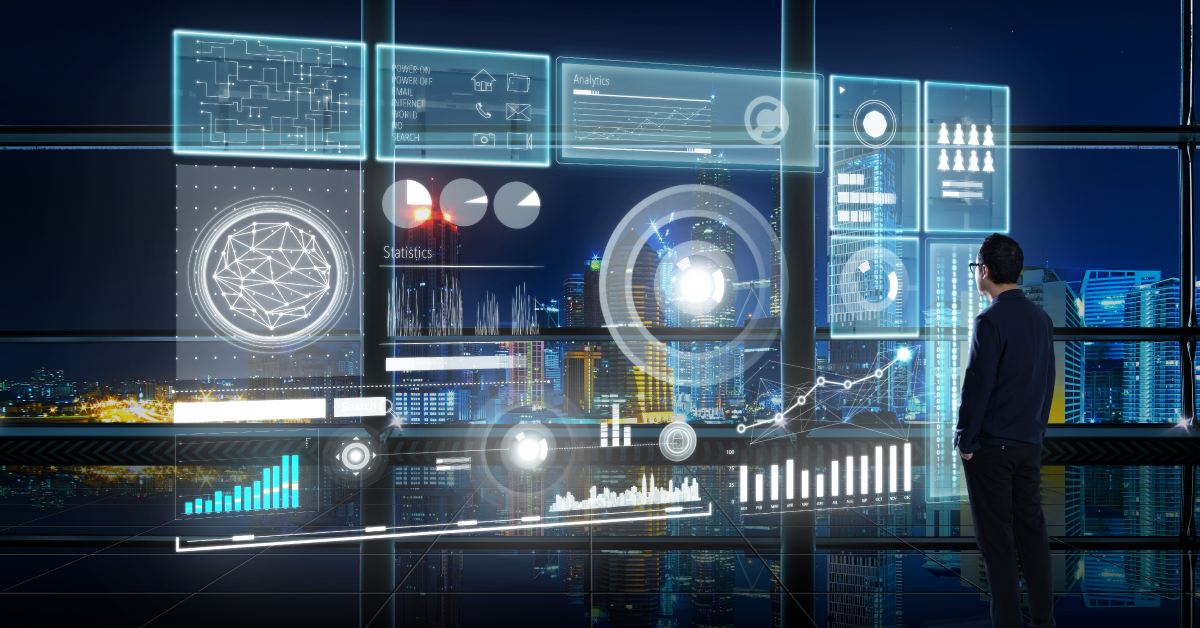Leveraging LLM Models for Comprehensive Understanding

6 min read
Imagine stepping into a world where technology doesn’t just respond to your commands—it understands them, adapts to them, and even anticipates your needs. Welcome to the era of Large Language Models (LLMs), where artificial intelligence meets natural language processing in a jazz of complexity and creativity. It isn’t just about machines learning to understand human language; it’s about them conversing, creating, and connecting with us in ways that were once the matter of science fiction. As we board this journey together, let’s explore how LLM Models are breaking barriers across industries, from transforming healthcare and entertainment to personalizing education and beyond. With every sentence they generate and every insight they provide, LLMs are not just changing the landscape of artificial intelligence—they are reshaping our world. Join us as we get into the heart of this technological uprising, uncovering the potential of LLMs to enhance, innovate, and inspire.
What is an LLM Model?
Large Language Models (LLMs) represent the high point of integrating artificial intelligence with natural language processing. These models, trained on extensive text data, can understand, interpret, and generate human language. LLMs’ complexity stems from their foundation in deep learning models, particularly neural networks, which allows them to grasp the nuances of language through patterns observed in their training datasets.
How does it Work?
LLMs work by learning from huge amounts of text, helping them understand and use human language. They do this using deep learning algorithms, a branch of artificial intelligence that imitates how humans think through a structure called neural networks. These networks look at the data (in this case, text) and learn patterns, like which words tend to come next in a sentence. LLM models also use attention mechanisms, which help the model focus on the most important parts of the text to understand the context better. So, when an LLM generates text or completes a sentence, it’s using what it’s learned from all that data to predict the most likely next word or phrase. This process enables LLMs to perform tasks like writing articles, translating languages, or chatting with users in a surprisingly human-like way.
What is an LLM Used For?
It is a versatile tool used in many areas, from creating chatbots that talk like humans to writing articles or emails. They help translate languages more smoothly, suggest code to programmers, and make learning personalized by answering questions or even grading work. LLMs are great at quickly going through lots of information to summarize it, figuring out people’s opinions from online posts, and writing suggestions to help us communicate better. They also make search engines smarter by understanding what we are looking for, and in video games, they can create characters and stories that change based on how we play. It is making technology more helpful and interactive in many different ways.
What is LLM in Generative AI?
In Generative AI, a Large Language Model is a type of artificial intelligence specifically designed to generate new content based on the data it has learned from. Unlike traditional AI models that focus on understanding or classifying information, LLMs in Generative AI create text, code, or other forms of media that imitate human-like outputs. These models analyze vast datasets of existing content to understand how language works, including grammar, context, and style. Then, using this knowledge, they can produce new, original content that feels natural and human-made. This capability is innovative for creative tasks like writing stories, composing music, generating realistic dialogues for chatbots, or even creating artwork. LLMs in Generative AI are pushing the boundaries of what machines can do, enabling them to interpret the world and add to it creatively.
Advantages of Using LLM Models:
The benefits of employing LLMs are substantial, offering scalability, accuracy, and adaptability in processing and understanding language. Their ability to learn from vast datasets improves their performance, making them invaluable assets across various applications. Highlighting specific advantages, this part can get into the efficiency gains, the potential for personalization, and the broad applicability of LLMs across industries.
Scalability:
LLMs excel at processing and analyzing huge datasets with unmatched efficiency, enabling them to handle the increasing volumes of data characteristic of our digital era. This scalability is a game-changer for industries that rely on processing large amounts of information quickly and accurately.
Accuracy:
Deep learning at its core gives LLMs an innate ability to grasp the subtleties of language, context, and semantics. It leads to remarkable accuracy in language interpretation and generation, vital for fields requiring meticulous attention to detail, such as legal documentation and medical diagnostics.
Adaptability:
The flexibility of LLMs to adapt to new tasks without extensive reprogramming sets them apart. This adaptability means they can be applied across various contexts and challenges, making them versatile tools for various industries and applications.
Efficiency Gains:
Employing LLMs leads to significant efficiency gains, automating tasks that traditionally required substantial time and human effort, such as content creation, language translation, and complex data analyses. This automation allows organizations to reallocate human resources to more strategic, high-value tasks.
Personalization:
One of the standout features of LLMs is their ability to provide personalized experiences. By learning from user interactions, LLMs can deliver content and custom-made responses to individual preferences, enhancing user engagement across retail, education, and entertainment sectors.
Broad Applicability across Industries:
LLMs’ impact stretches across numerous sectors, demonstrating their broad applicability. From transforming healthcare with personalized treatment plans to transforming financial markets with predictive analytics, LLMs are paving the way for innovative solutions and efficiencies across the board.
Applications of LLM in Different Industries:
These models alter many industries by automating complex processes and creating personalized experiences. In healthcare, they simplify patient record analysis, aiding swift diagnosis and treatment, while in entertainment, they are behind the scenes crafting engaging stories and dialogues. These models also make education more interactive by customizing learning content to individual students’ needs. In finance, they analyze data to offer investment insights and enhance customer service through chatbots. The legal sector benefits from LLMs through efficient document review, ensuring faster and more accurate legal research and document preparation.
The transformative impact of LLMs extends to retail, where they improve customer service and optimize inventory management, and the automotive industry, where they contribute to developing safer autonomous driving technologies. Across these sectors, LLMs are improving efficiency and driving innovation, opening up new possibilities for advanced applications and services. Pranathi Software Services is leveraging the power of LLMs to tackle industry-specific challenges, showcasing the potential of AI to reshape the future of business and society.
Future Advancements and Possibilities for LLM:
The future of large language models is incredibly exciting, with research pushing them to understand human language better, recognize emotions, and be more creative. Soon, we might see LLMs having conversations that feel almost like talking to another person, understanding the words we use and the feelings behind them. It could make digital assistants more helpful and interactions with technology more natural.
Imagine LLMs that can write stories, compose music, or develop new ideas for scientific research. They are also improving at giving us exactly what we need, whether a personalized learning experience, customized health advice, or entertainment that fits our tastes perfectly. Additionally, combining LLMs with virtual reality could create new ways to learn and have fun, like stepping into a history lesson or a story made just for you.
As these technologies keep getting smarter, the way we use devices and the internet could change dramatically, making everything more intuitive and custom-made to our needs. At Pranathi Software Services, we look forward to being part of this change and exploring new ways LLMs can innovate and improve different industries.
Conclusion:
Large Language Models (LLMs), an advanced type of machine learning model, are at the lead of blending artificial intelligence with our daily lives, making machines understand and respond to us like never before. These powerful models, trained on huge amounts of text, transform various industries by automating tasks and creating personalized experiences. Whether in healthcare, helping doctors quickly understand patient information, or in entertainment, writing engaging stories, LLMs are showing us the future. They are incredibly adaptable, improving over time, and their ability to tailor individual experiences is changing the game. The future looks bright for LLMs, with ongoing research aiming to make them even smarter, more creative, and better at understanding the subtleties of human emotions. At Pranathi Software Services, we are excited to be part of this journey, using LLMs to innovate and bring deeper connections and understanding to our increasingly digital world.
FAQ:
1. What distinguishes LLMs from other AI models?
LLMs stand out because they can accurately understand and generate human language. They’re trained on massive amounts of text, allowing them to grasp the subtleties of language, unlike simpler AI models focused on specific tasks like image recognition or data classification.
2. How do LLMs understand context in language?
LLMs use deep learning algorithms to analyze patterns in data, learning from context clues within the massive datasets they’re trained on. This enables them not just to recognize words and understand their meaning and use in different situations, making their output more relevant and coherent.
3. Can LLMs personalize content generation?
By leveraging data specific to an individual’s preferences or past interactions, LLMs can tailor their content generation to suit personal tastes or needs, making recommendations, responses, or content creations uniquely relevant to each user.
4. What challenges do developers face when training LLMs?
Training LLMs require handling and processing vast datasets, which can be computationally intensive. Additionally, developers must address potential biases in training data to prevent them from influencing the model’s output, ensuring the generated content remains fair and unbiased.
5. How might LLMs evolve in the future?
Future advancements in LLMs may improve efficiency, reduce biases, and enhance creative capabilities. As technology progresses, we might see LLMs becoming even more adept at mimicking human-like creativity, possibly generating more complex and diverse forms of content across various media.
Published: April 30th, 2024





